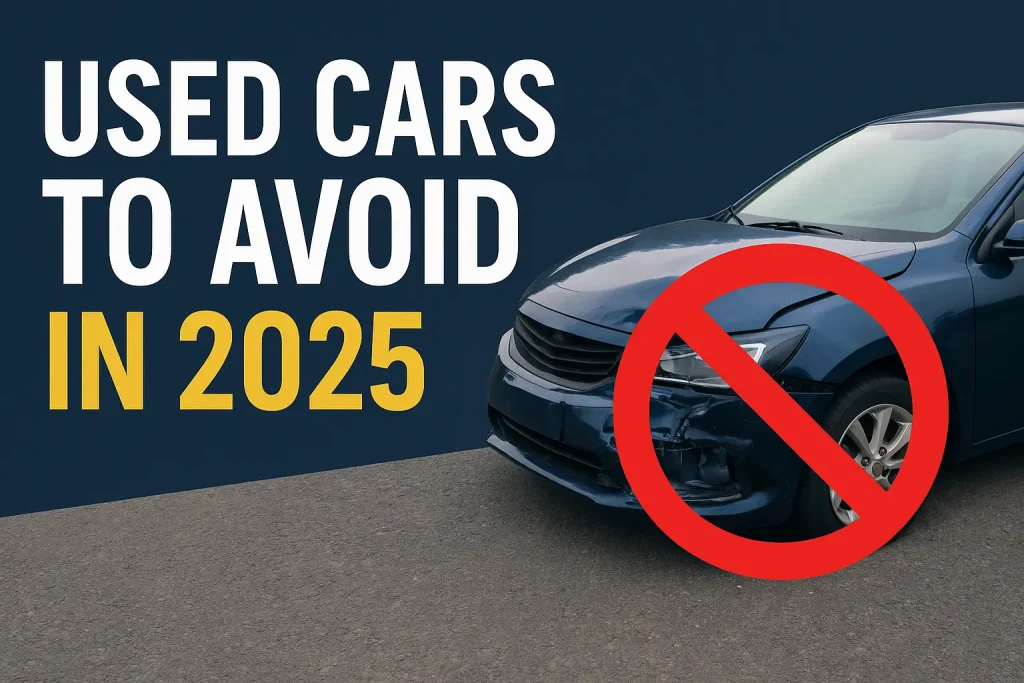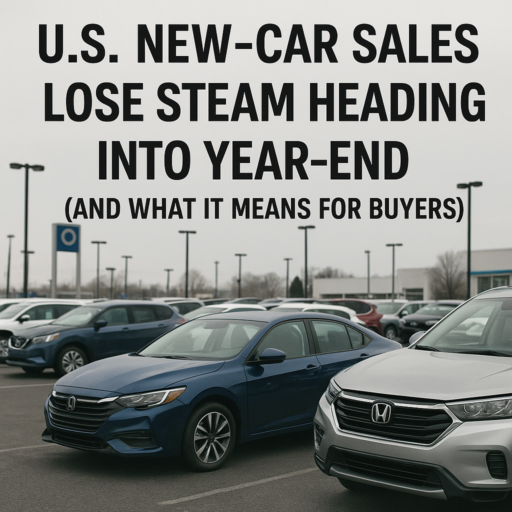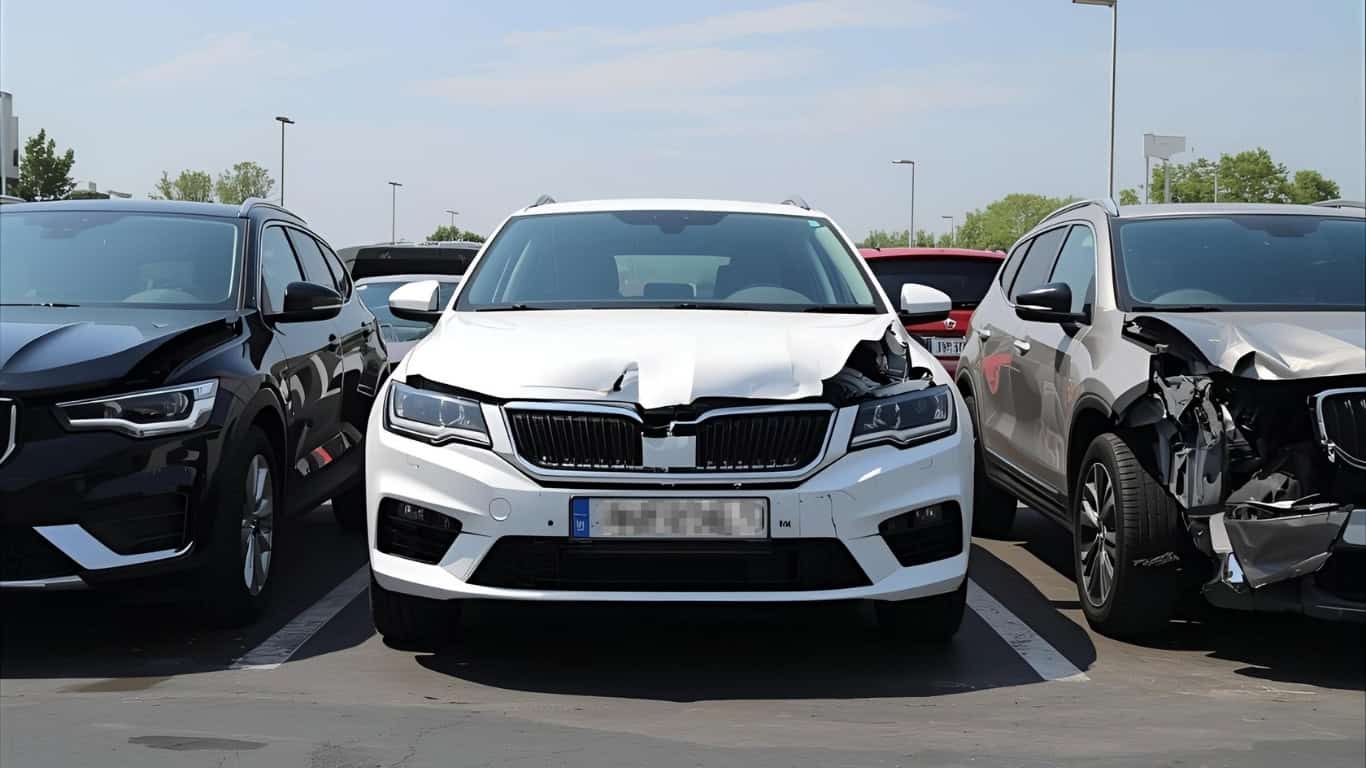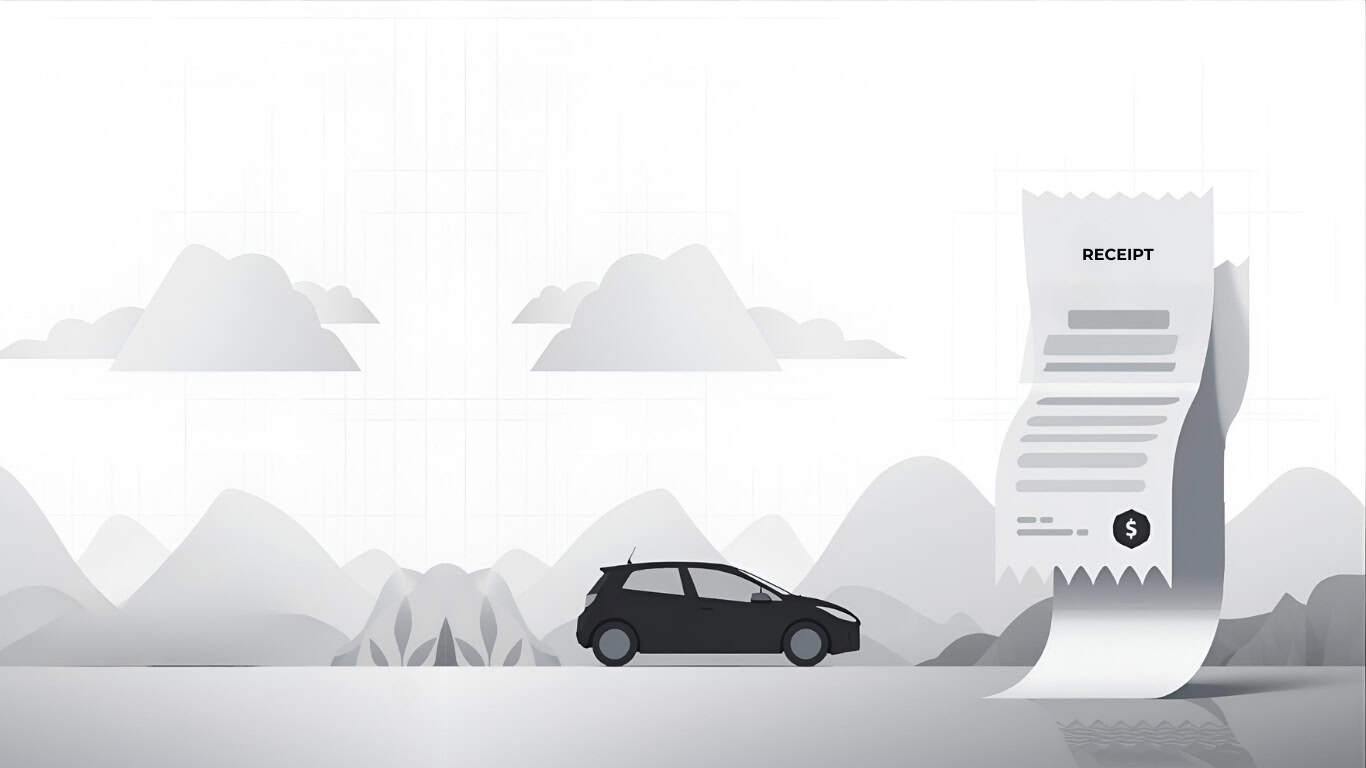When shopping for used cars to avoid in 2025, a low price tag can be misleading. Some vehicles may seem like a great deal, but hide serious problems—like skipped maintenance, accident damage, or heavy fleet use.
This guide explains which used cars to avoid in 2025, why they’re considered high risk, and how to spot red flags before you make a bad purchase. You’ll learn what makes certain categories more dangerous, how dealers source their lowest-quality inventory, and what steps to take to protect yourself from making a costly mistake.
By the end, you’ll know how to shop smarter—even at value-focused dealerships—and how to avoid buying a used car that’s more trouble than it’s worth.
Why Some Used Cars Come with Bigger Risks
Not all used cars are equal. Some come from sources that make them more likely to have hidden problems. These include repossessed cars, rental fleet vehicles, lemon law buybacks, and more.
To help you see the risks clearly, we’ve laid out the most common types of undesirable used cars in a visual table below:
Risk Summary Table: High-Risk Used Vehicles
| Type of Car | Why It’s Risky | What to Watch For |
|---|---|---|
| Repossessed Vehicles | Often neglected or poorly maintained due to owner’s financial issues | Missing service records, cosmetic damage, mechanical wear |
| Dealer Demos & Loaners | Driven by many people, sometimes roughly, with little oversight | Unusual wear patterns, early warranty expiration |
| Retired Rental Cars | High mileage and aggressive driving in a short time | Surface wear, unknown driver habits, limited service history |
| Factory Buybacks / Lemons | Returned due to recurring mechanical problems—even after “repairs” | Lower resale value, history of recalls, prior warranty claims |
| Fleet Vehicles | Ex-commercial cars often driven hard and maintained on tight budgets | High mileage, possible hidden damage, inconsistent records |
| Undisclosed Accident Cars | May look fine but suffered unreported or poorly repaired collision damage | Misaligned panels, aftermarket parts, no accident on title but signs of repair |
Categories of Used Cars to Avoid in 2025
Here’s a breakdown of the most common types of used cars you should think twice about before buying.
1. Repossessed Vehicles (Repos)
Repossessed cars are taken back by lenders when owners stop making payments. These vehicles often come with:
- Incomplete or missing service records
- Deferred maintenance (oil changes, brakes, fluids)
- Signs of cosmetic or mechanical neglect
Why it’s risky: If someone couldn’t afford the car, they likely couldn’t afford the upkeep either. That means you inherit the damage.
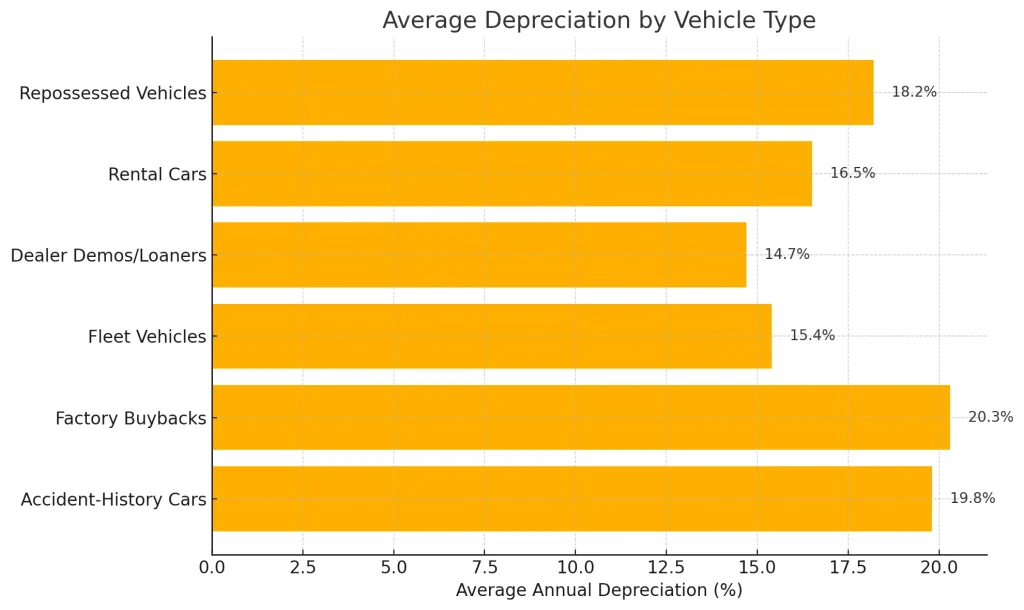
2. Retired Rental Cars
Rental cars rack up miles fast and are driven by hundreds of people—often roughly. Most receive only basic servicing like oil changes.
Rental cars tend to:
- Have high mileage for their age
- Show wear on seats, brakes, and suspension
- Miss detailed service beyond the basics
Why it’s risky: Rental cars are built to be used, not cared for. They’re cheap, but usually not reliable long-term.
3. Dealer Demos and Loaners
These cars are used by dealership staff or as temporary loaners. While they may seem lightly used, they’ve often been test-driven hard and are already out of warranty time.
Red flags include:
- Unknown driving habits
- Warranty may have already started
- Higher-than-expected wear for the mileage
Why it’s risky: You’re buying a car that looks new but might have been treated like a test car.
4. Fleet Vehicles
Fleet cars are used for business—like delivery, sales, or rideshare driving. These are high-mileage vehicles that may have hidden accident damage and heavy wear.
Common signs:
- Uniform paint or decal removal scars
- High odometer readings
- Rough interior condition
Why it’s risky: They’re often driven all day, every day. Some are fine, but many are just worn out.
5. Factory Buybacks or Lemon Law Cars
These vehicles were returned to the manufacturer for major issues—often under lemon law rules. Even if the problem was fixed, the car has a branded title or history.
Things to watch:
- “Factory buyback” or “manufacturer repurchase” labels
- Lower price than similar models
- Poor resale value
Why it’s risky: You’re buying someone else’s problem, even if it comes with a repair guarantee.
6. Undisclosed Accident Cars
Just because a car has a clean title doesn’t mean it’s never been in a wreck. Some accidents go unreported, or the car was repaired poorly.
Warning signs:
- Mismatched paint or panel gaps
- Unusual wear around airbag covers
- No record of accident repairs, but signs of work
Why it’s risky: Hidden damage can cause safety issues later—and it’s hard to prove once you’ve bought the car.
How to Spot a Bad Used Car Before You Buy
There are ways to protect yourself before signing any paperwork:
- Always run a vehicle history report (Carfax, AutoCheck, NMVTIS)
- Check the VIN for title issues, recalls, or accidents
- Inspect the car yourself for wear, rust, and panel repairs
- Get a third-party inspection before you buy—especially from a dealer
Also, ask the dealer for service records and where the car came from. If the answer is vague or “auction,” that’s a red flag.
Smarter Buying Tips for 2025
Used cars can still be a great value in 2025—but only if you do your homework. Here’s how to lower your risk:
- Stick to models with strong reliability ratings
- Avoid cars with unclear or missing history
- Don’t rush—especially if the deal feels “too good”
- Ask for a written warranty or return policy, even if short
- Walk away if you’re not sure. There are always more cars
Final Thoughts: Used Cars to Avoid in 2025
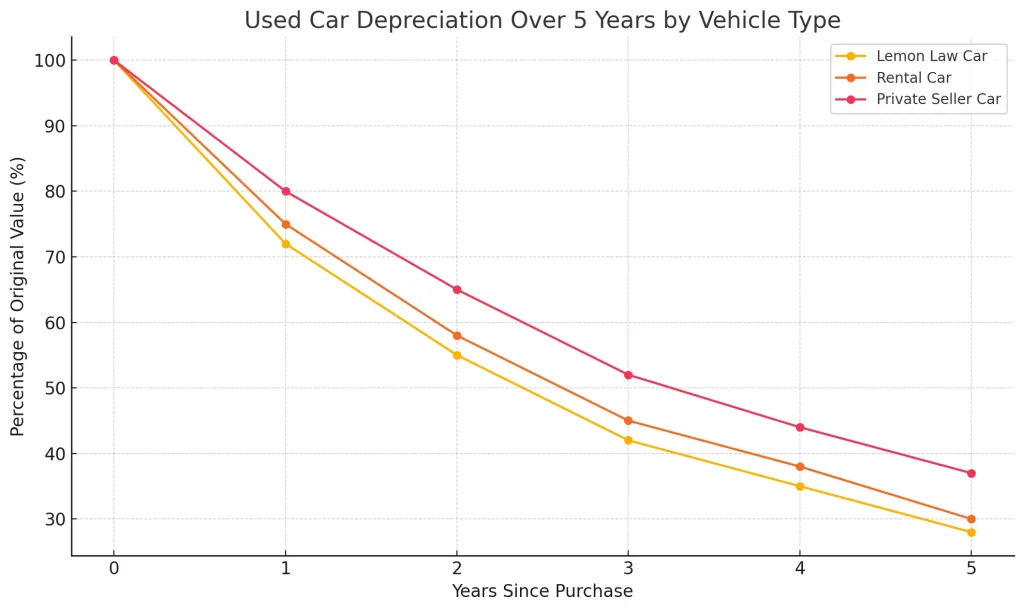
Buying used doesn’t mean you have to settle for trouble. But some vehicles—especially repos, rentals, and lemon law returns—carry much higher risk. The used cars to avoid in 2025 are the ones that look cheap but cost more in repairs, lost time, and frustration down the road.
Protect yourself by checking history, asking the right questions, and always getting an inspection. A little caution up front can save you thousands later—and make sure you get a used car that’s truly worth owning.

